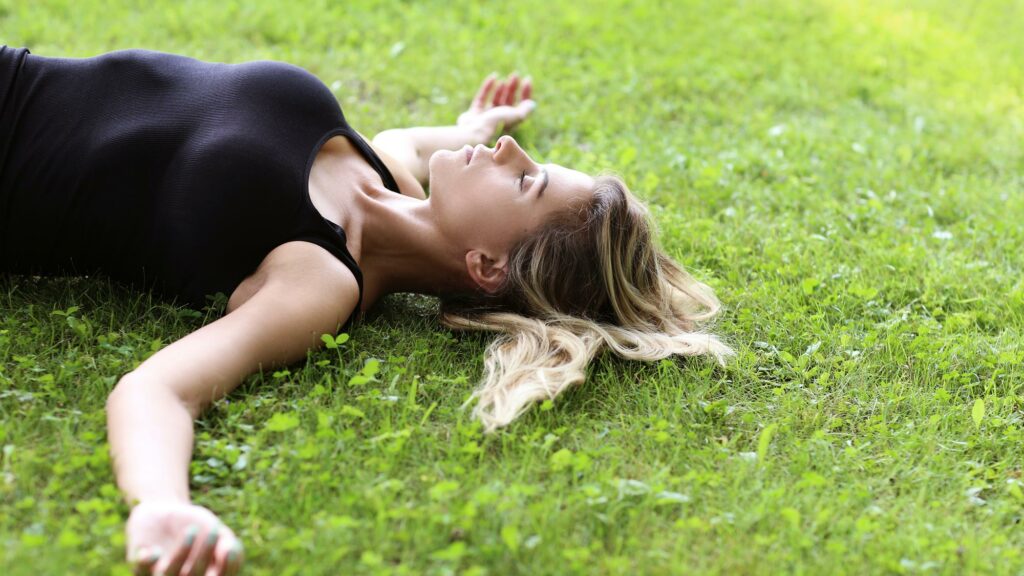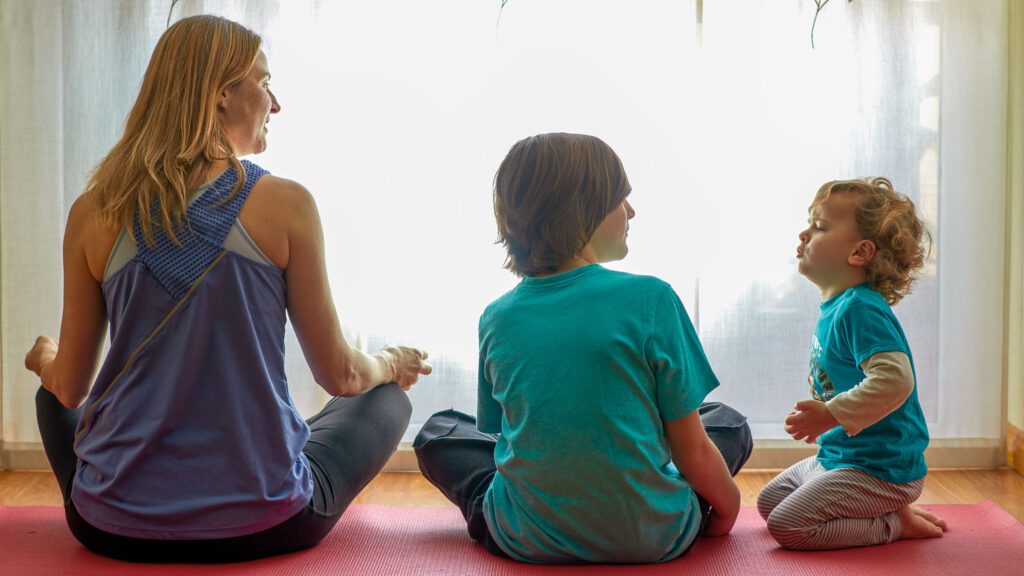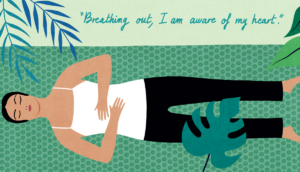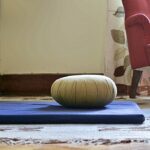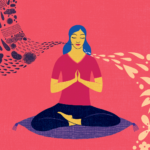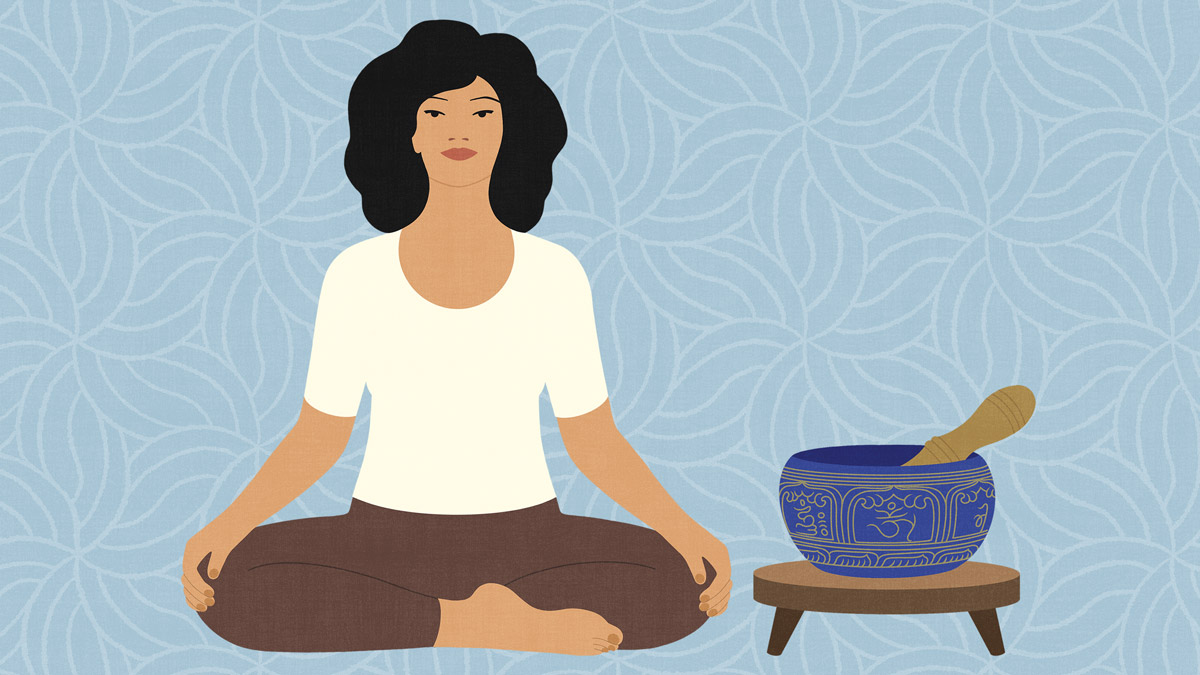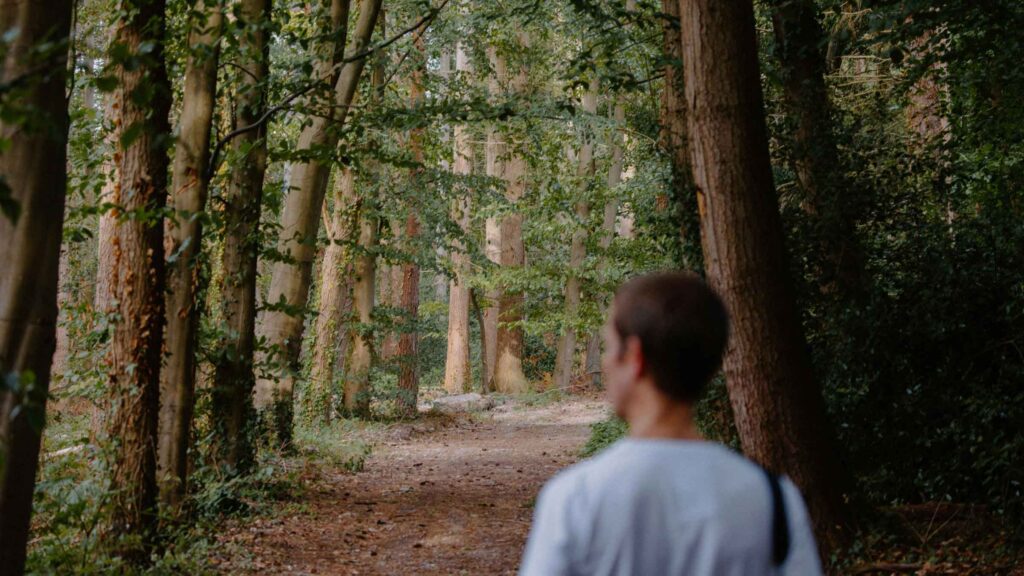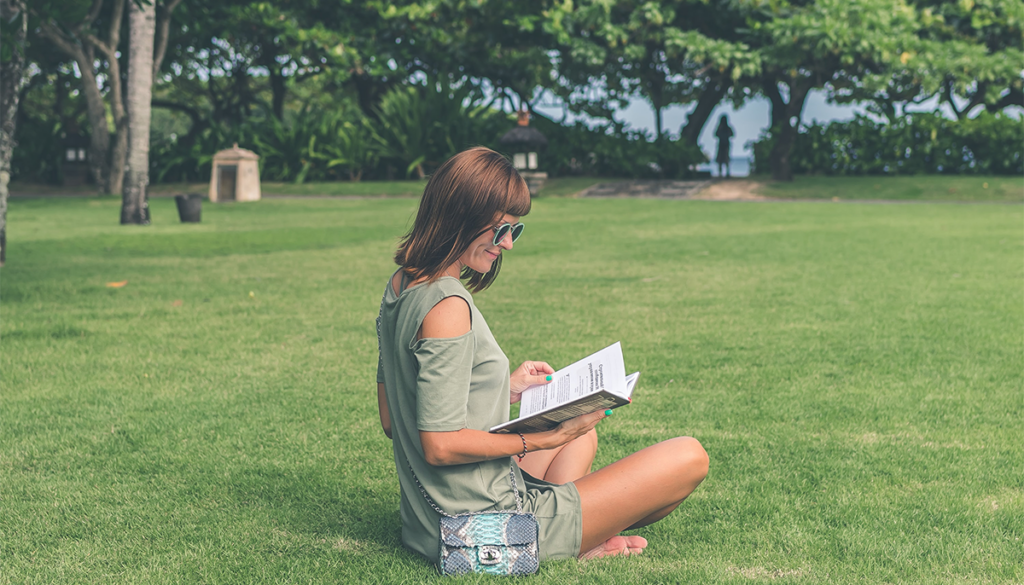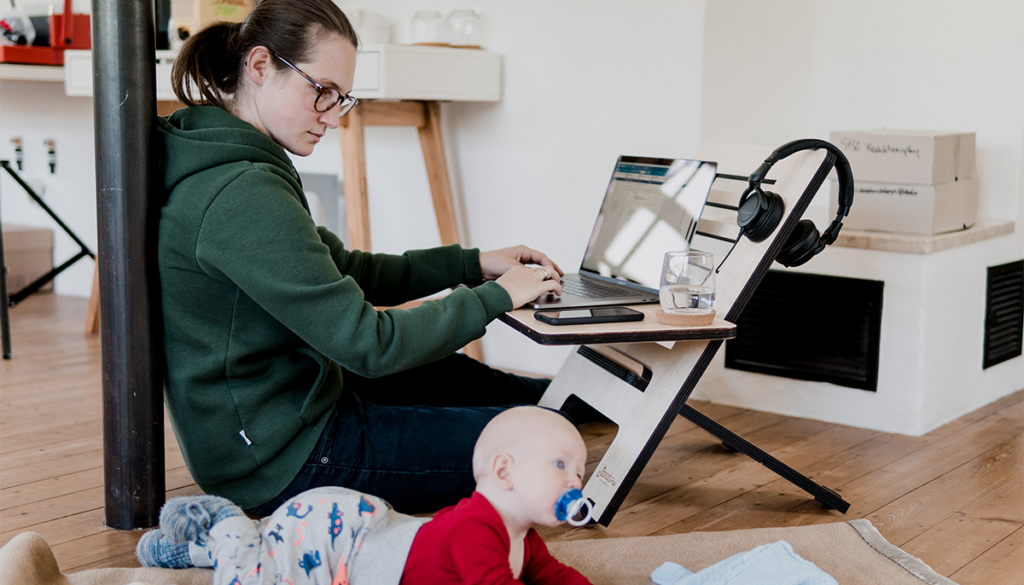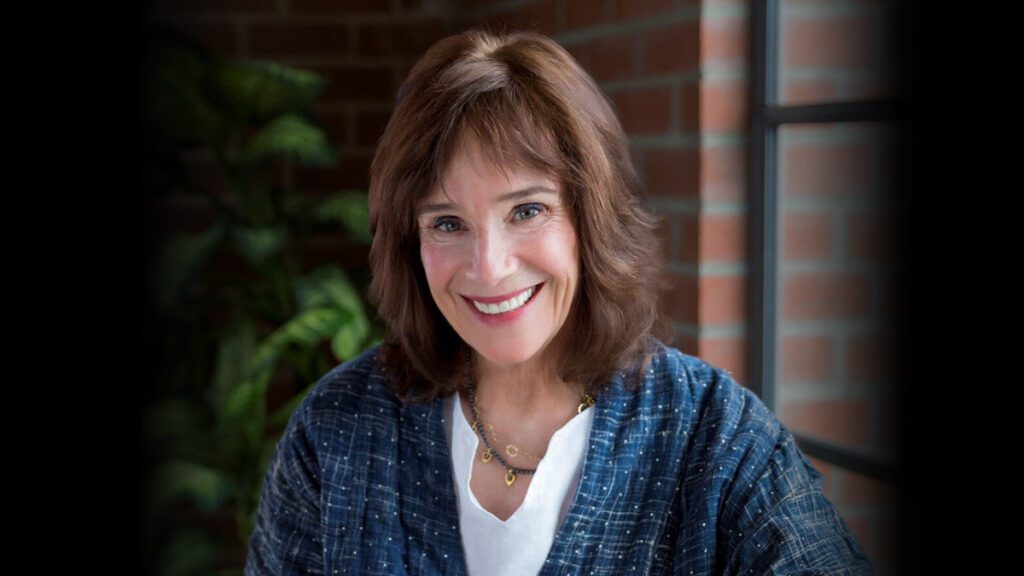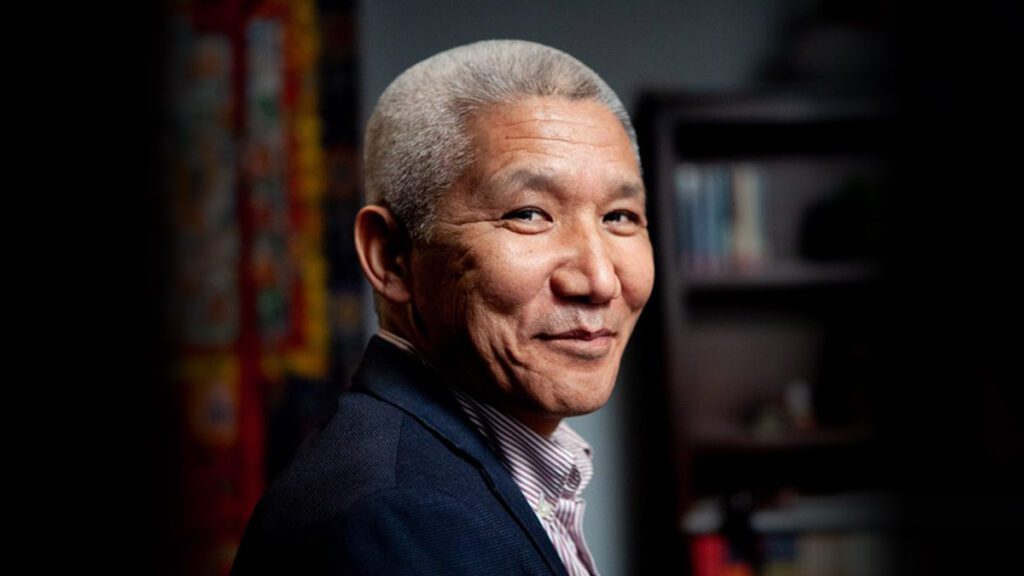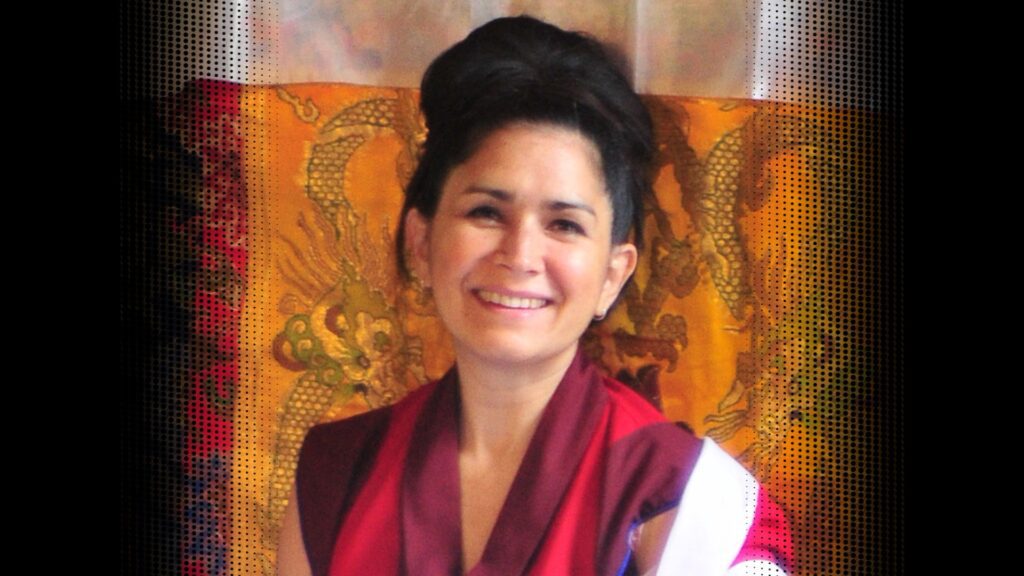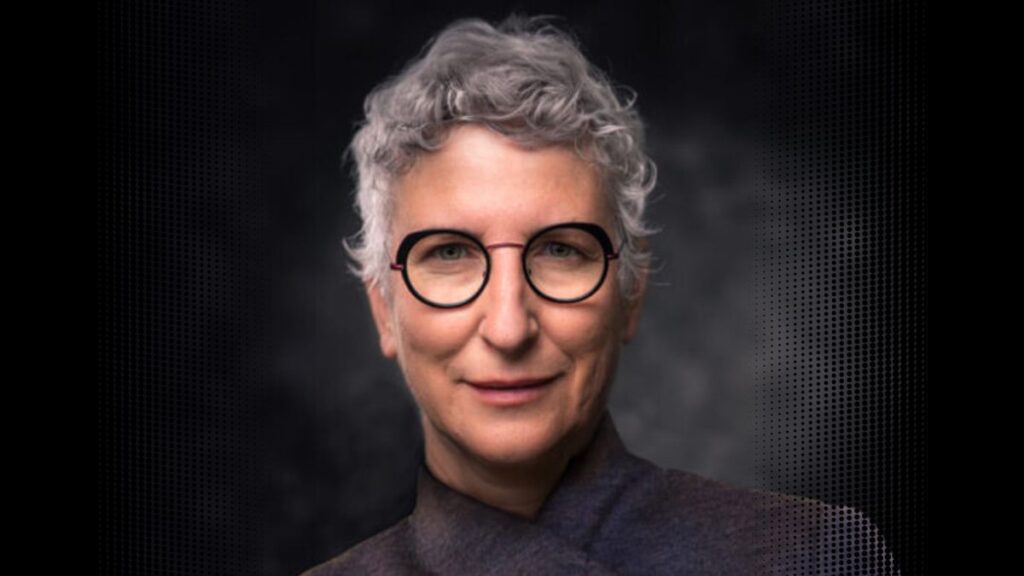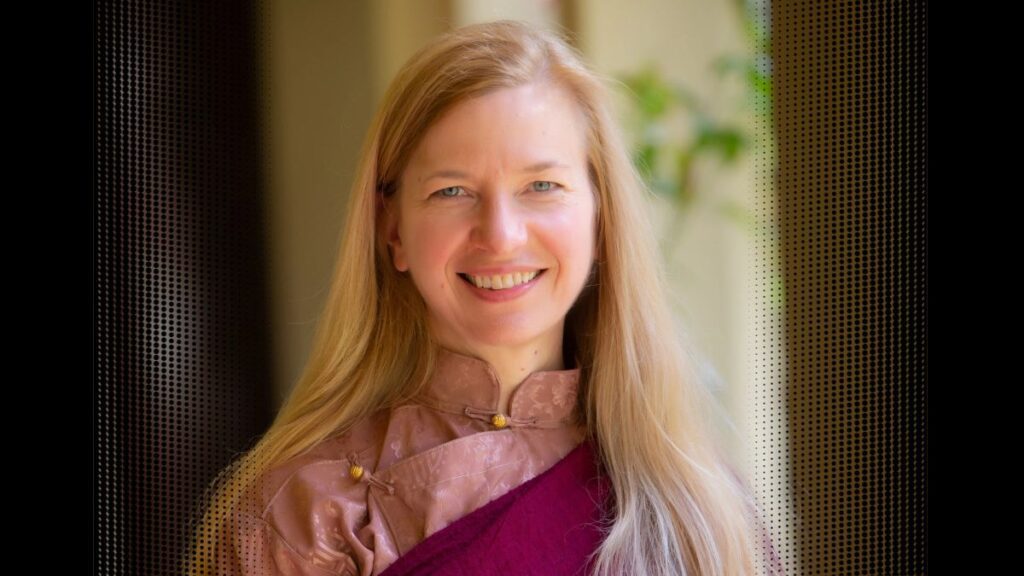Meditation
Body Scan Meditation
Discover the benefits of body scan meditation, a practice to reduce tension and increase body awareness by focusing on each part of the body, promoting relaxation and mindfulness.
Meditation for Kids
Even young children can learn to tune into themselves and the world with curiosity and wonder. Vanessa Zuisei Goddard offers step-by-step instructions for teaching them.
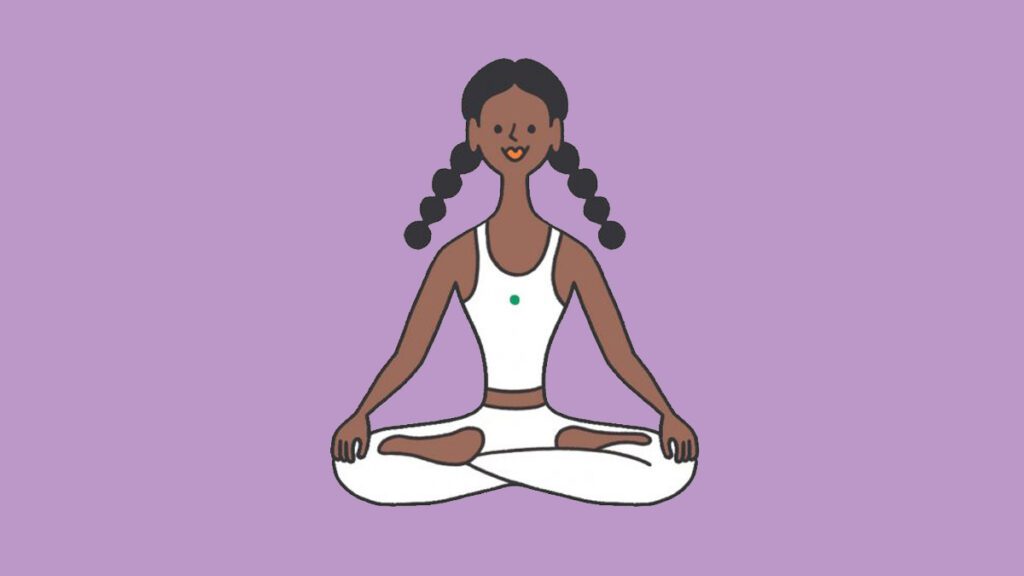
How to Meditate
In this step-by-step guide on how to meditate, we answer your questions on how to build and maintain your practice.
lion’s roar
Free Live Meditation
Join resident teacher Beth Wallace in January for weekly live guided meditations.
every Wednesday
8:30am PST / 11:30Am EST
ADVERTISEMENT
Latest
How to Step Out of Your Stories and Into the Present
Leslie Gossett shares the power of creating and changing your own story.
Who Is Invisible to You?
Lisa Ernst asks us to notice who we don’t notice.
Other Ways to Practice?
Vipassana teacher Konda Mason answers the question: “Is it OK if I find other ways to be meditative besides sitting on a cushion following my breath?”
Too Busy to Meditate?
Vinny Ferraro, senior faculty of Mindful Schools, instructs a parent too busy to maintain a meditation practice, asking: Are there moments in your day when you could check in with yourself?
